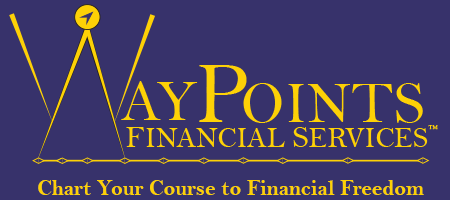If you struggle paying your student loans, contact your lender and ask about the following two programs.
Income-Based Repayment (IBR)
If you qualify for IBR, your maximum monthly payments will be 15% of discretionary income, using a specific formula. Under the newer Pay As You Earn (PAYE) program available to recent borrowers, the cap is 10% of discretionary income. Payments can be as low as $0 if you are unemployed. Balances will be forgiven after 10, 20 or 25 years, depending on the program you are in and whether you work in a qualified public service job.
With subsidized loans in IBR, the government will pay up to three consecutive years of interest that accrues but is not repaid. With unsubsidized loans, interest accrues. In both cases, interest is capitalized if you are determined to no longer have a “partial financial hardship,” or if you drop out of IBR.
Income-Contingent Repayment (ICR)
Under this plan, borrowers’ monthly payments are pegged to income, family size and the amount owed. After 25 years, any remaining balance is forgiven. (Or after 10 years for public service loan forgiveness.) Accrued interest is capitalized annually.


Ed, great information, knowledge is truly power when dealing with this issue. Don’t let government and private student loan debt take away your ability to build wealth with your income.
Remember that a college education has only one purpose and that is to get a return on your investment with a great career. The degree you seek should have true value in the market place and give you many times a return beyond what you spent on the education.